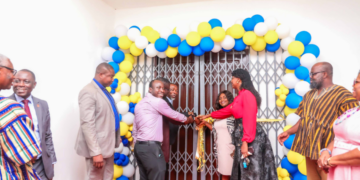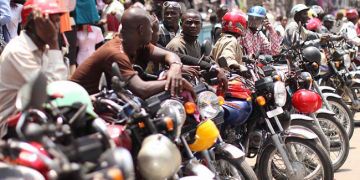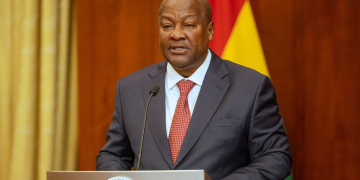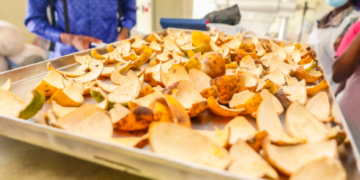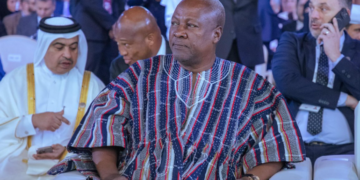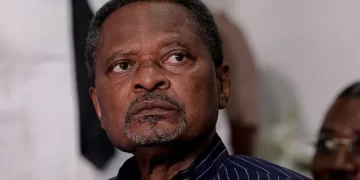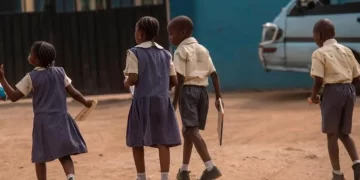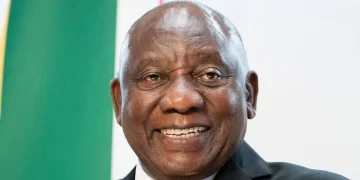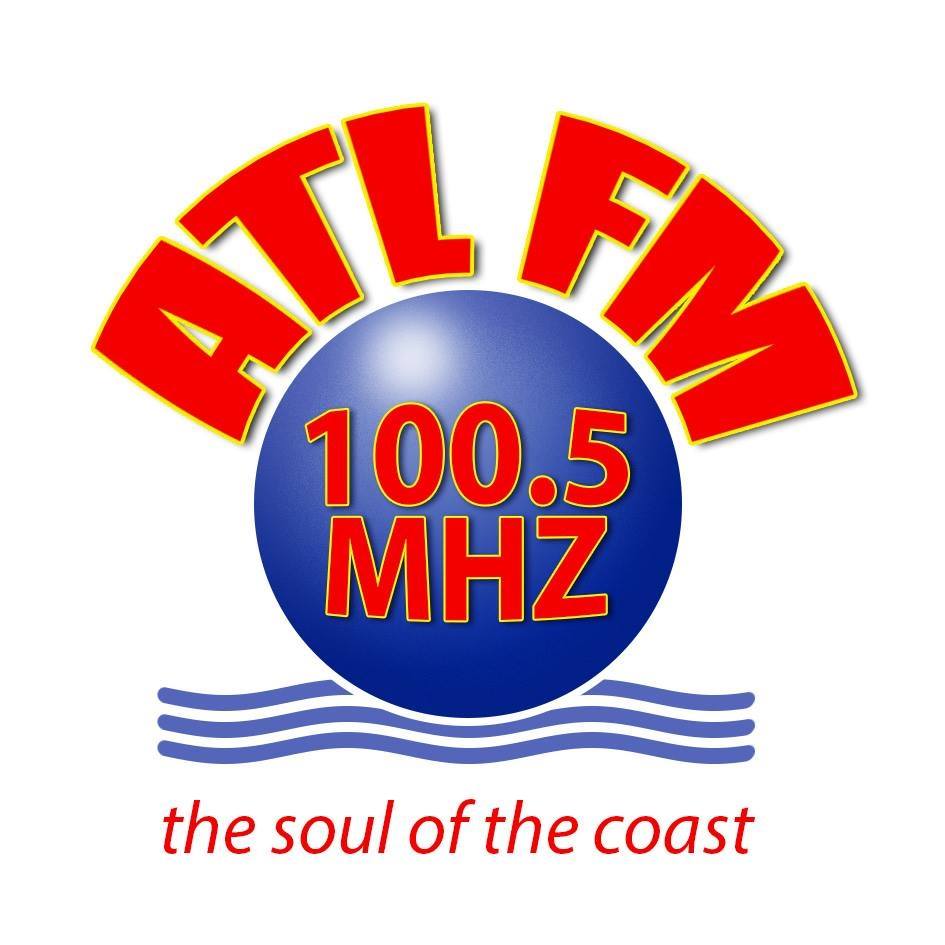In recent years, the creative art sector in Ghana has faced numerous challenges that have hindered its growth and development.
Despite the country’s rich cultural heritage and the innate talents of its people, the current state of affairs has contributed less to the advancement of the arts.
This decline can be attributed to several factors, including insufficient government support, inadequate infrastructure, and the lack of access to global markets.
One of the primary issues is the lack of substantial investment by the government of Ghana investment in the creative arts sector.
Unlike other sectors such as sports, education and healthcare, the creative arts in Ghana receive minimal funding and attention from policymakers.
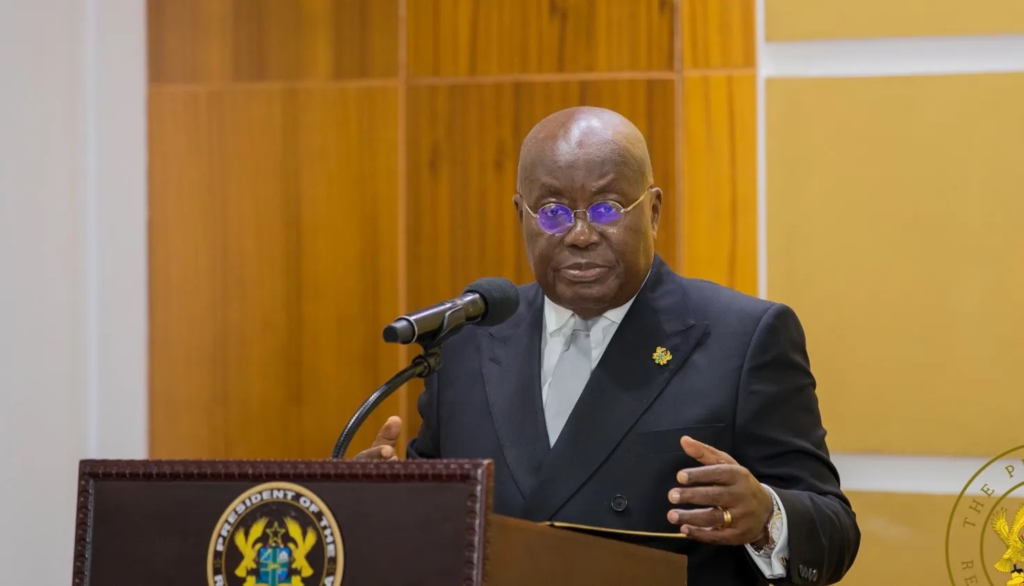
Nana Addo Dankwa Akufo-Addo, President, Ghana
Read This Also: Charli XCX warns fans to stop chanting about Taylor Swift
This lack of financial support translates into limited resources for artists, cultural institutions, and art programs. Consequently, many talented individuals struggle to sustain their careers, and potential art projects remain unrealized due to financial constraints.
Moreover, the infrastructure necessary for a thriving arts scene is sorely lacking. There are few venues dedicated to the performing arts, galleries for visual arts, or institutions that provide formal education and training in the arts.

The National Theatre of Ghana, opened in 1992.
Without these critical spaces, artists have limited opportunities to showcase their work, collaborate with peers, and develop their skills. This infrastructure gap not only stifles creativity but also hinders the cultural exchange that is vital for artistic innovation.
Access to global markets is another significant challenge. While the internet has opened up new avenues for artists to reach international audiences, many Ghanaian artists still face barriers in terms of visibility and marketability.

The absence of robust support systems and networks to promote Ghanaian art on the global stage means that many artists cannot capitalize on their full potential. This limitation is compounded by the competitive nature of the global arts market, where artists from well-supported environments often have a distinct advantage.
Additionally, the education system in Ghana does not prioritize the arts, leading to a lack of early exposure and appreciation for creative disciplines among young people.
The focus on more traditional academic subjects means that students who have an interest or talent in the arts often do not receive the encouragement or resources they need to develop their skills. This educational gap perpetuates a cycle where fewer individuals pursue careers in the arts, further diminishing the sector’s growth.
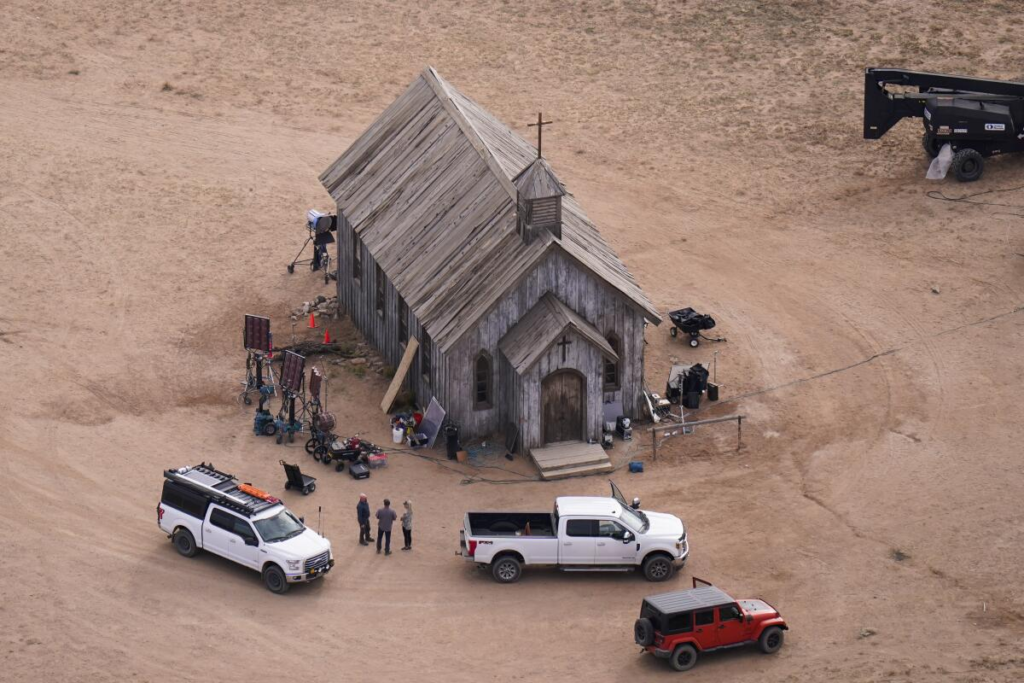
A film set in Hollywood
Finally, the economic environment poses significant challenges. Many artists find it difficult to make a living solely through their art due to limited opportunities and low financial returns.
This economic uncertainty forces many to seek alternative employment, often at the expense of their artistic pursuits. The struggle to balance creative aspirations with financial stability is a common plight that hinders the overall progress of the arts in Ghana.
In conclusion, the current state of the creative arts in Ghana is marked by several obstacles that have stifled its development. From insufficient government support and inadequate infrastructure to limited access to global markets and educational shortcomings, the sector faces multifaceted challenges.
Addressing these issues requires a concerted effort from government, private sector stakeholders, and the broader community to invest in and prioritize the arts. Only then can Ghana’s rich cultural heritage and artistic potential be fully realized and celebrated on both national and international stages.

